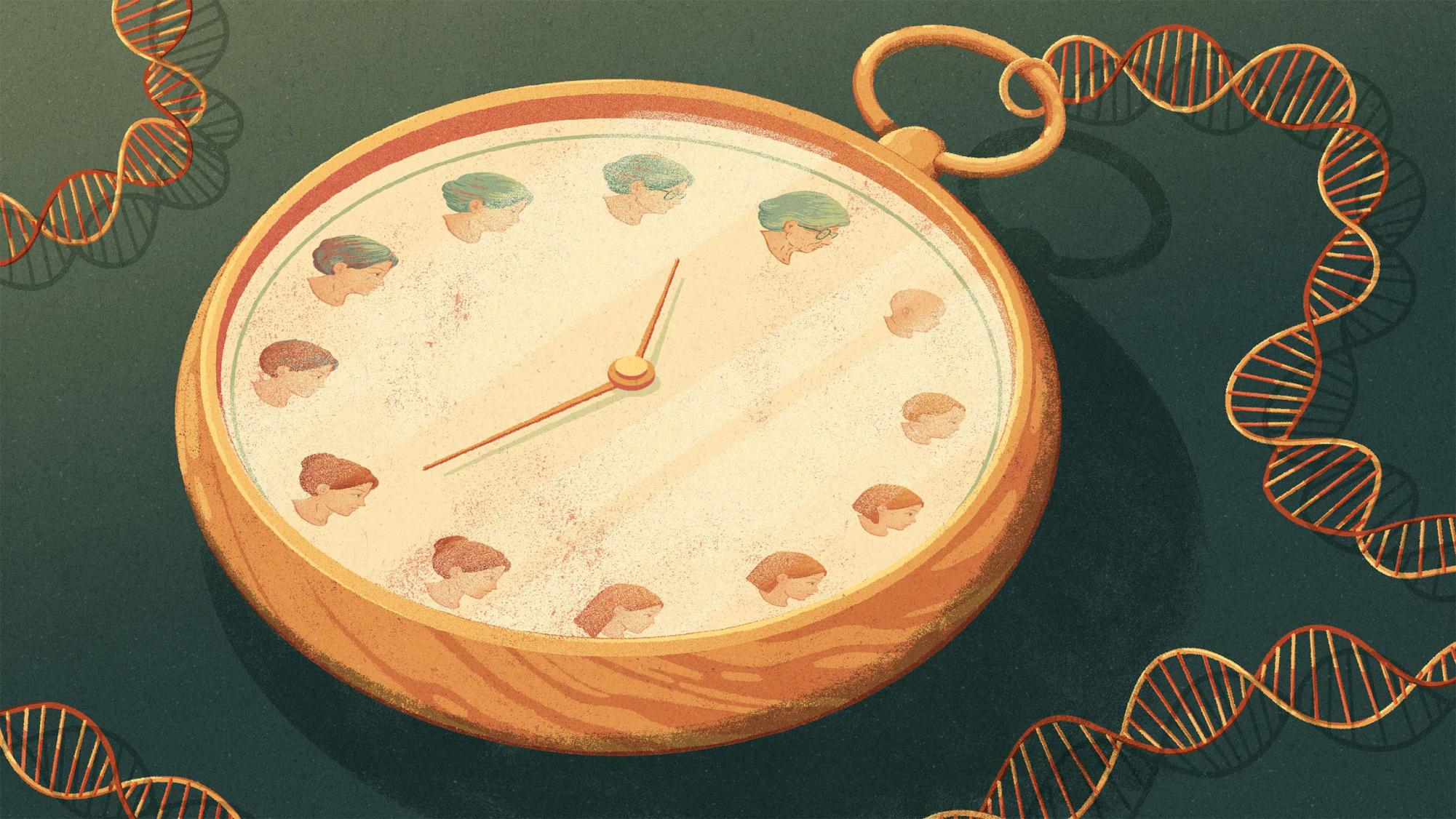Since the beginning of time, humans have always tried to predict the future, whether through computer algorithms or shamanic rituals. And in that quest, we have had varied amounts of success: the wacky horoscope readings that try and fail to determine your future relationships or the trusty weather forecasts everyone’s come to rely on in their daily lives. How trivial forecasts about the weather seem, however, when compared to predictions about our very lifespans. Imagine if there was a device that could tell us how long we’ll live.
Everyone has two ages: a biological age and a chronological age. Chronological age refers simply to the ‘age’ we’re all used to: how many years we’ve each been alive, how many birthdays we’ve celebrated. On the other hand, our biological ages depend on a variety of factors: namely stress, sleep, and diet, all of which influence how much our organs are worn down. Hence, our biological age is a much better indicator of our physical health, and scientists have been working hard for the last decade to develop ‘aging clocks’ which can reveal our true ages.
Aging clocks aim to predict how long we’ll live by analyzing how much our organs have degraded. From that, they will be able to predict our lifespan. Some clocks are designed to track the pace of aging overall; others are specific to certain organs. There are so many possibilities. While the overall accuracy of aging clocks is varied, many teams of scientists are working to improve the technology.
The basic idea behind aging clocks is that they’ll look at patterns of chemical tags called methyl groups (a hydrogen atom attached to three carbon atoms) which are present in everyone’s DNA. These tags affect our rate of gene expression, which in turn affect our phenotypes: the observable characteristics of an individual.
DNA methylation is a process where methyl groups are added to two out of the four DNA bases, adenine and cytosine, with the help of DNA methyltransferases. Dr. B. F. Vanyushin, professor of Physico-Chemical Biology at Lomonosov Moscow State University, was the first to discover DNA methylation patterns in aging in rats. It was later revealed that similar patterns appear across many mammal and plant species, including humans. Thus scientists set out to take advantage of this pattern to determine our biological age.
One of the earliest, most well known aging clocks is the Horvath clock. It was developed by biostatistician Steve Horvath and can estimate the age of pretty much any organ in the body. This was the first multi-tissue age predictor and had a mean error of 3.6 years. The clock was trained with 8000 samples which comprised 51 tissue and cell types.
In 2018, Morgan Levine from the Yale School of Medicine, along with Horvath and other colleagues, set out to develop a clock that was even more accurate. They made DNAm PhenoAge, which was a vast improvement compared to past technology, measuring both 10-year mortality and 20-year mortality significantly more accurately. More recently in 2020, a Hong-Kong based startup called Deep Longevity unveiled their DeepMAge clock.
Trained on 6,000 DNA profiles, their clock could predict age with a median error of only 2.77 years. Researchers at UCLA have also developed a clock known as the GrimAge (a nod towards the Grim Reaper). Scientists Ake Lu and Steve Horvath say that it is 18% more accurate than chronological age when it comes to predicting lifespan, 14% more accurate than clocks based on previously-described epigenetic biomarkers, and 46% better at predicting time to coronary heart disease.
If your biological age is higher than your chronological age, then that may mean you’re aging faster and at a higher risk of diseases. For example, a 15% increase in the risk of breast cancer occurs with each five-year increase in the biological age of female breast tissue. However that is not always the case as there are still existing problems concerning accuracy.
Scientists and researchers are racing to fix the present discrepancies between different clocks. Yet, what they can all agree on is that aging clocks have immense potential. If existing kinks are straightened out, they may become as commonplace as tests of blood pressure and cholesterol.
They could help us know how fit and healthy we are, whether or not we’re at risk of a disease, and ultimately, a rough estimate of how long we’ll live. These clocks are the starting point to developing technology that could slow or even reverse biological aging. All of those films and stories about fate, prophecy, or immortality—this, in fact, may be the answer we’ve all been searching for.

